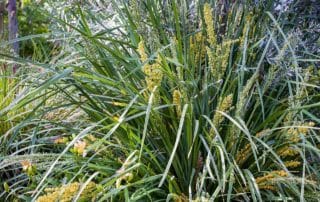Cyclamen for the Garden
Cyclamen in supermarkets, their plastic pots wrapped gaily in shiny paper, are as emblematic of winter as are poinsettias of Christmas and red roses of Valentine's Day. We can perhaps be forgiven for thinking of cyclamen as short-lived decorations to be discarded after flowering since that is how these charming little plants are usually marketed. Cyclamen hederifolium Supermarket cyclamen are mostly highly bred, frost-tender cultivars of Cyclamen persicum, a winter- and spring-flowering species native to the summer-dry eastern Mediterranean region. These cultivars are commonly grown as seasonal houseplants and are known as florists' cyclamen to distinguish them from








